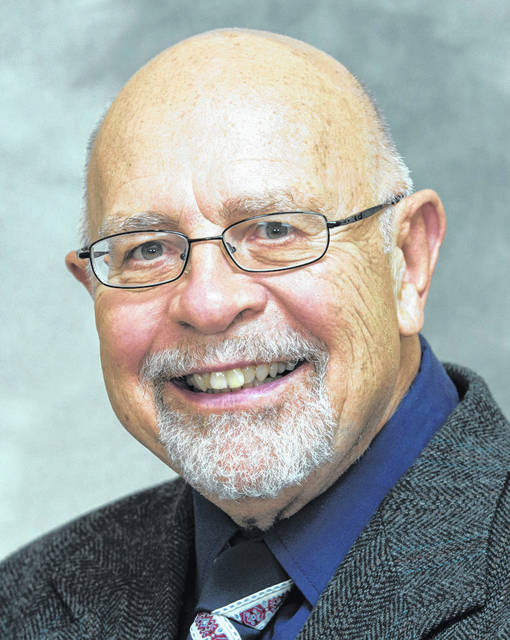
A hard rain fell the day the sheriff led convicted murderer Monroe Roberson to the scaffold in Greenville. The scaffold had served twice in Dayton for the hangings of killers named Adams and Murphy.
Crowds came by carriage, wagon and train. Only a few witnesses were permitted to see the body fall and neck snap. Many would-be gawkers were disappointed, but Sheriff Jerry Runkle wanted no part of a circus. This was a sad duty for him and nothing more. He wanted Roberson to be treated humanely.
The date was Aug. 20, 1880.
Local newspaper coverage was extensive, and bits and pieces found their way to papers in St. Louis and Miami.
As this was to be the first hanging Darke County ever witnessed, some in the crowd acted as if they were at a county fair. Most, however, behaved themselves.
Souvenir hawkers peddled cuts of rope identical to the one attached to the scaffold.
The brother-in-law of the sheriff was given the lock and key to Roberson’s cell as his reward for standing guard the night before the execution, lest some locals attempt a lynching.
In the morning, a young girl named Emma Allen sang the condemned man “Nobody’s Darling” and other songs, according to the Cincinnati Daily Enquirer. Roberson polished off a breakfast of ham and eggs.
Many in the crowd felt as if they knew the accused personally. Roberson had written or dictated the story of his life to the Greenville Democrat.
Rumors swirled that he had killed others in Missouri and Kansas, but he denied all.
He was about 45 when the noose tightened and he dropped, according to the 1880 U.S. Census. His occupation was listed as prisoner. A surviving photo shows a sharp-dressed man with a trim moustache and a pomaded hairstyle parted in the middle.
Defense attorneys thought Judge D. L. Meeker had erred passing sentence. They wanted the case thrown out as justifiable homicide, but Ohio Gov. Charley Foster refused to toss the conviction.
The defense team reminded the court that Roberson, though born in Tennessee, had fought for the Union. He saw General Nathaniel Lyon fall in action during a Confederate rout of Union forces. A jury was unmoved.
What happened, Roberson and the lawyers argued, was that Roberson and his wife’s younger brother got into a drunken row the previous October. Coulter pursued Roberson for a half mile on foot and threatened to kill him.
The incident occurred in Niptown, later renamed Painter Creek, east of Greenville.
Roberson turned, aimed, and shot Coulter three times. He died on the spot.
The two had an acrimonious relationship. Roberson raised the Coulter boy in his household.
Coulter served as a farmhand to Roberson. The two men frequently prowled the saloons of Darke County together. Whiskey turned each mean and nasty. When they returned home drunk, invariably they caught hell from a furious Mrs. Roberson.
Mary J. Roberson never forgave her husband.
Roberson told the Democrat that his marriage had soured back when he ran a farm in Kansas. “My wife got out of fix with me,” he told the paper. “I can’t tell what, I never did know, and I expect never will know. She would never tell me.”
Roberson said his wife was a troubled woman. Back in Kansas his eldest daughter and he had prevented the wife from killing herself with a straight razor. “I was thunder-struck to think she would try to kill herself the way she tried to, and from that time till the present time she has not been as she was prior,” he wrote in his memoir.
She allowed her children to visit their father in prison but twice and then stopped all communication. The family left town without witnessing the spectacle of Roberson on the scaffold. She remarried and years later came back to Darke County for a visit.
The day of execution had to be moved back one month. Roberson somehow had obtained a knife blade and sliced his arm and neck, but the suicide try failed. Sheriff Jerry Runkle and his guards performed emergency aid.
It was a penitent Roberson who finished his story for the Democrat. “My last and dying blessing is on my poor family,” he wrote. “Am sorry I haven’t been a better man, and saved money for them, instead of crazing myself with whiskey with the money my children ought to have.”
Runkle was a reluctant executioner.
“Hoping that we may never have to perform a like service,” he wrote Democrat Editor Charles Roland.
Runkle got his wish. No other hangings have occurred since in Darke County.





